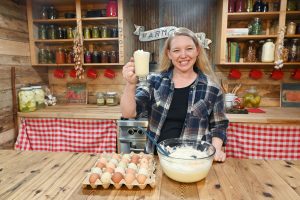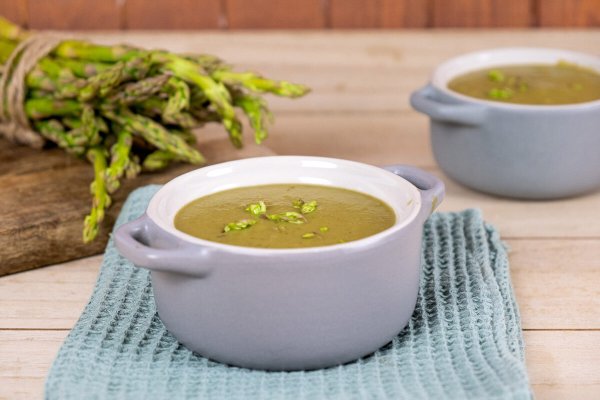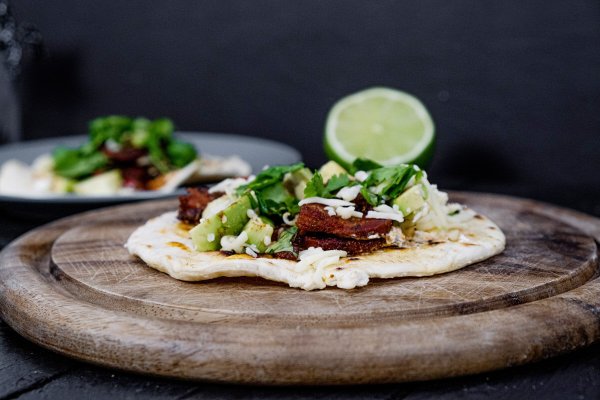Don’t suffer for days the next time a cold or flu comes through your house. Instead, whip up this herbal cold and flu tea recipe to keep on hand and sip throughout the day. In this post, we’ll explore the best tea blends for cold and flu season that can provide both comfort and relief. Your sinuses, head, nose and throat will thank you.

Table of Contents
ToggleWhy I Love This Recipe
There’s nothing worse than having a cold or the flu hit out of nowhere and feeling miserable. Worst yet, we don’t usually feel like making endless cups of tea throughout the day just to keep ourselves well-hydrated and feeling better.
That’s where this herbal cold and flu tea recipe comes in. It’s enough to make once and enjoy all day long. When I’m dealing with a cold or flu, nothing beats a warm, soothing cup of tea.
Not only does it provide comfort, but it can also help alleviate symptoms and boost my immune system. Ditch those over-the-counter decongestants, antihistamines, antitussives and antipyretics. Let’s utilize some Ayurveda and Jamu systems of medicine that have been used successfully for centuries instead. These systems originated from India and Indonesia, respectively, and have leveraged herbal therapies to treat many illnesses. (Source)
It’s important to note that I am not a certified medical practitioner. This post is not intended to diagnose or treat but is for informational purposes only. Please contact your healthcare professional before introducing new herbal and natural remedies into your wellness routine.
What is the Best Tea for a Cold or Flu?
There are many teas you can drink for a cold or the flu, but probably the better question is, what ingredients are best for a cold or flu?
| Ingredient | Potential Benefits |
|---|---|
| Sage | Antioxidant, anti-inflammatory and nutrient enhancer. (Source) |
| Marjoram | Antioxidant, hepatoprotective, cardioprotective, anti-platelet, gastroprotective, antibacterial and antifungal, antiprotozoal, antiatherosclerosis, anti-inflammatory, antimetastatic, antitumor, antiulcer, and anticholinesterase inhibitory. (Source) |
| Thyme | Antiviral, antibacterial, antifungal, and antiseptic. It also disrupts microbial biofilms. (Source) |
| Black Peppercorn | Antioxidant, anti-inflammatory and a nutrient enhancer. (Source) |
| Cinnamon | Antioxidant, anti-inflammatory, antidiabetic, antimicrobial, anticancer, lipid-lowering, and cardiovascular-disease-lowering compound, cinnamon has also been reported to have activities against neurological disorders, such as Parkinson’s and Alzheimer’s diseases. (Source) |
| Ginger | Alleviates nausea, soothes sore muscles, reduces inflammation, and helps fight off infections. (Source) |
| Raw Honey | Relief of pain, protecting the body against oxidative stress, free radical damage, angiogenesis, inflammation, bacterial and virus infection. (Source) |
| Orange Peel | Vitamin C, fiber, antioxidants, and other nutrients found in orange peels have been linked to a variety of health advantages. They include a strengthened immune system, reduced inflammation, increased weight reduction, better oral health, and clearer skin. (Source) |
| Green Tea | Rich in antioxidants and immune-boosting catechins, which may reduce the risk of upper respiratory infections. (Source) |
| Peppermint | Peppermint and its main active agent, menthol, are effective decongestants. Because menthol thins mucus, it is also a good expectorant, meaning it helps loosen phlegm and breaks up coughs. It is soothing and calming for sore throats (pharyngitis) and dry coughs. (Source) |
| Chamomile | Relaxes the body, eases anxiety, and promotes restful sleep, which helps the body recover and heal. Also eases hay fever, inflammation, muscle spasms, and insomnia. (Source) |
| Licorice Root | Calms cough, soothes sore throat, and provides relief from respiratory problems. (Source) |
| Lemongrass | Helps boost immunity, reduce fever, and relieve dehydration caused by cold and flu symptoms. Helps ward off a cough and bacterial and viral infections. (Source) |
As you can see, there are many options when it comes to choosing the best ingredients for a cold and flu tea. This recipe covers the basis for most cold and flu symptoms.
However, to make it specific to your needs, consider your specific symptoms and preferences to find the right blend to provide comfort and relief while under the weather.

The Anti-Inflammatory Properties of Tea
Many types of cold and flu tea contain ingredients that have anti-inflammatory properties. For instance, ginger has been shown to have anti-inflammatory effects that can help alleviate symptoms like sore throat and cough.
Chamomile is another popular ingredient in cold and flu tea that has anti-inflammatory properties and can help soothe a sore throat or cough.
By incorporating these anti-inflammatory ingredients into your cold and flu tea, you may be able to reduce inflammation and relieve symptoms associated with a cold or flu.
Homesteading Hack: Remember that there is a difference between fresh herbs, medicinal herbs, and store-bought “seasoning” herbs. If you can grow these herbs at home, that’s always the best choice. The second best is to source medicinal herbs from a trusted source such as Farmhouse Teas. The third best option is to source fresh herbs from the grocery store. And finally, if all else fails, grab the dried herbs from the seasoning aisle at the grocery store.
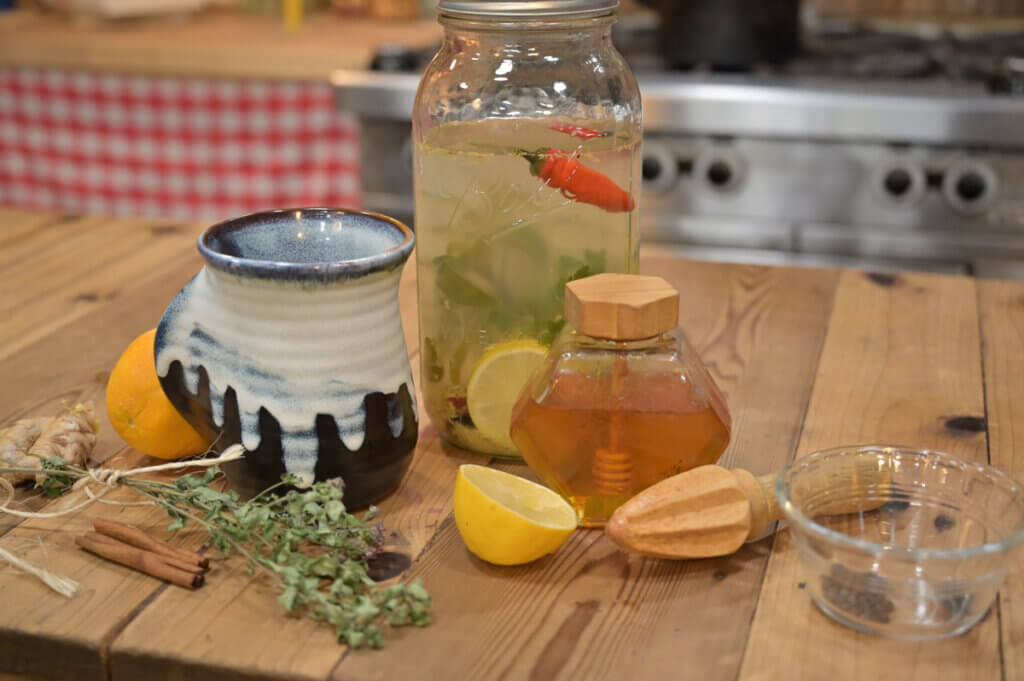
What Can I Drink for Cold and Flu?
When you’re dealing with a cold or the flu, hydration is key. Drinking plenty of fluids can help alleviate symptoms and keep you feeling comfortable. Here are some of the best drink options for when you’re feeling under the weather:
Hot Tea
A cup of this hot cold and flu tea can help soothe a sore throat and ease congestion.
If you’re reaching for another tea option, choose herbal teas that include ingredients like those listed above. You’ll want the anti-inflammatory properties which may help alleviate cold and flu symptoms.
Green tea is also a great option, as it contains tea catechins that may stimulate the immune system.

Hot Water with Lemon and Honey
This classic home remedy can help soothe a cough and sore throat. Lemon is high in vitamin C, while honey has antibacterial properties that may help fight infection.
For this reason, we made sure to include both of these ingredients in this cold and flu tea recipe.
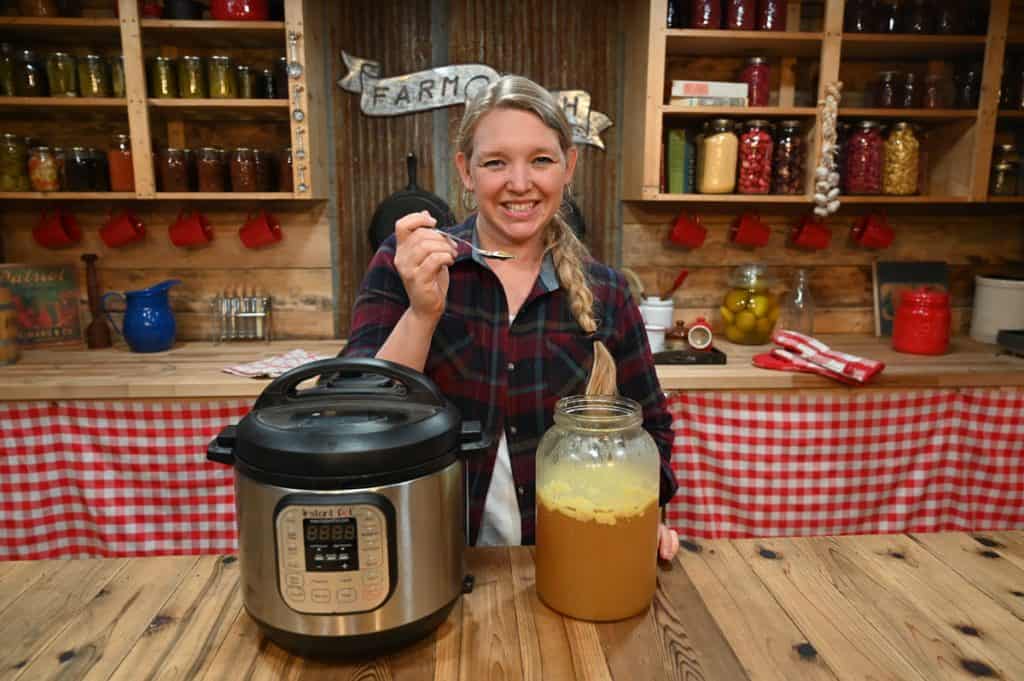
Warm Broths
Chicken soup isn’t just a comforting food – it may actually help alleviate cold and flu symptoms. Warm broths can help soothe inflammation and alleviate congestion.
Broth is a fantastic nourishing food to sip on when you don’t have an appetite. It’ll provide you with healthy protein and fats your body needs while soothing a sore throat and adding healing properties.
Grab our immune-boosting homemade broth recipe here. Then be sure to check out our broth-making tips, as well as how to can broth so you always have a jar on the pantry shelf, just waiting for days when you’re under the weather and need a quick pick-me-up.

How to Make Cold and Flu Tea
Ingredients Needed
Grab your ingredients and toss them in a large, half-gallon Mason jar. You can make enough tea to last all day. Or, better yet, teach your spouse or children how to make it so they can take care of you when you’re under the weather.
For the Tea Concentrate
- Sage – Fresh is always best, freeze-dried or dried herbs are next best, and if no other options are available, grab the herbs from the spice aisle at the grocery store.
- Marjoram – Again, fresh is best, but use what you have.
- Thyme – See notes above on which herbs are best.
- Black Peppercorn – Great for enhancing the nutrients in this tea’s other ingredients.
- Cinnamon Sticks – Cassia cinnamon is preferred, but harder to find. Ceylon cinnamon will work as well.
- Fresh Ginger – Fresh is best, it’s not recommended to substitute dried ginger here, as fresh is really ideal. Don’t worry about peeling the ginger, just mince it up, peel and all.
- Lemon – You’ll need sliced lemons (with the peel) to steep and lemon juice for serving.
- Cayenne Peppers – I’m using Cayenne peppers, however any hot pepper you have on hand will do (jalapenos work great!). Or, omit the peppers if serving this to young children.
- Water – Always make sure to use clean, filtered water, free of contaminants.
For Serving
- Tea Concentrate – The tea concentrate can be kept in the refrigerator for up to a week. But for the best results, make enough for one day (about 1/2 gallon). You’ll use equal parts tea concentrate and water for serving.
- Lemon Juice – This adds wonderful flavor to the tea.
- Orange Zest – More than just for flavor! Orange peel contains vitamin C, fiber and antioxidants.
- Raw Honey – Raw honey is best. The amount is to taste, but you want to add a good amount.
- Water – You’ll need equal parts water and tea concentrate. Again, always make sure to use clean, filtered water, free of contaminants.
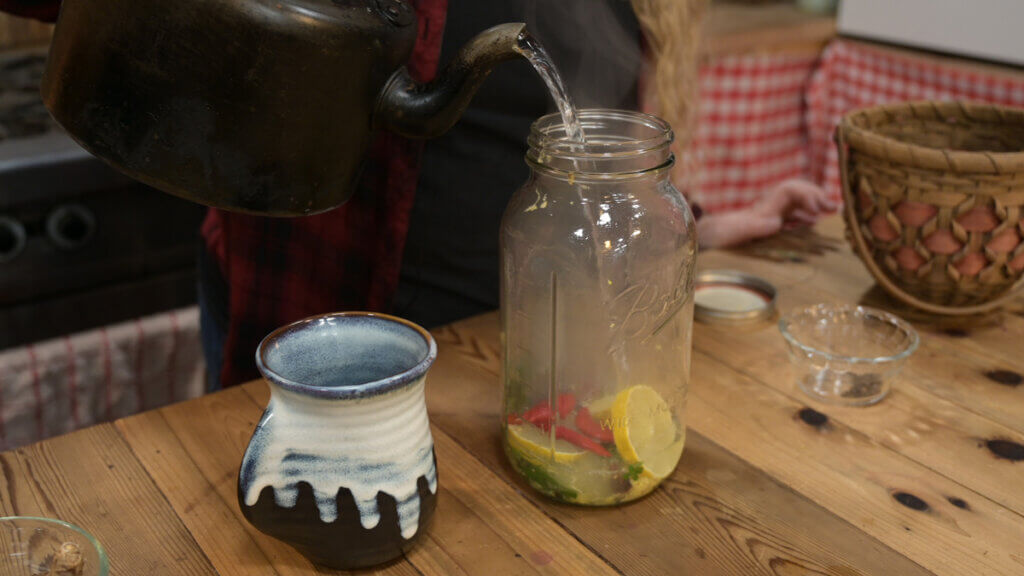
Step-by-Step Directions
For the Tea Concentrate
- Boil a kettle of water on the stove.
- While the water is heating up, add all ingredients for the tea concentrate to a half-gallon Mason jar.
- Fill the Mason jar with boiling water and quickly add a lid.
- Let steep for five minutes, minimum. 20 minutes is best.
- Do not strain the tea (it will continue to steep and get stronger).
- Follow the serving instructions below.
- Store the remaining tea concentrate in the refrigerator.
For Serving
- Add equal parts tea concentrate and water to a saucepan and heat until simmering.
- Remove from heat and add lemon juice, orange zest and raw honey.
- Stir to combine, sip and enjoy.
- Drink the tea as hot as you can stand it. Be mindful of young children or elderly people, and adjust the temperature as necessary.
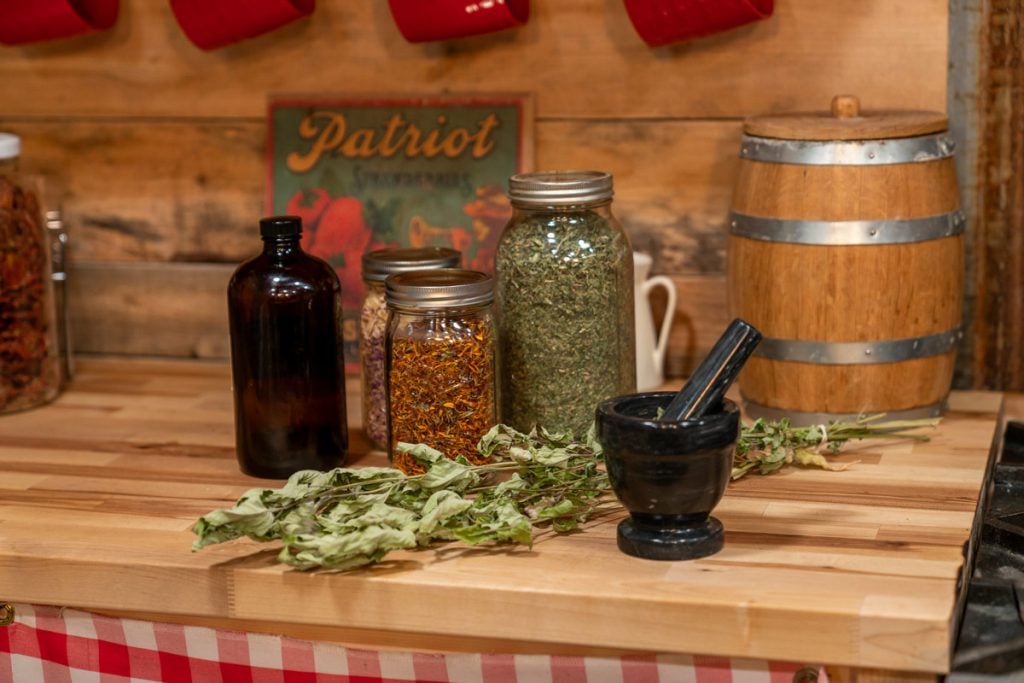
Learn to Use Herbs at Home
If you’re new to using herbal remedies at home, join me in my FREE four-part video series where I’ll teach you how to choose which herbs are safe for your whole family, how to systematically approach herbal healing, choose the right herbs for your condition and how to stock your herbal medicine cabinet.
More Posts You May Enjoy
- Homemade Allergy Remedy
- Home Remedies for Cough (Baby and Toddlers & Adults)
- Homemade Antibiotic Ointment (Better Than Neosporin)
- Homemade Elderberry Syrup: Immune Boosting Remedy
- Hop Tea + Medicinal Benefits Of Hops
- What to do with Rose Petals (Medicinal Uses)

Herbal Cold & Flu Tea Recipe
Ingredients
For the Tea Concentrate
- 1 sprig sage
- 1 sprig marjoram
- 2 sprigs thyme
- 1 teaspoon black peppercorns
- 2 sticks cinnamon Cassia is preferred, but Ceylon will work
- 2 Tablespoons fresh ginger grated
- 1/2 sliced lemon
- 2 whole cayenne peppers fresh
- 1/2 gallon filtered water
For Serving
- 1 cup tea concentrate from recipe above
- 1 cup water
- 1 teaspoon lemon juice freshly squeezed
- 1/4 teaspoon orange zest
- raw honey to taste
Instructions
For the Tea Concentrate
- Boil a kettle of water on the stove.
- While water is heating up, add all ingredients for the tea concentrate to a half-gallon Mason jar.
- Fill the Mason jar with boiling water and quickly add a lid.
- Let steep for five minutes, minimum. 20 minutes is best.
- Do not strain the tea (it will continue to steep and get stronger).
- Follow the serving instructions below.
- Store the remaining tea concentrate in the refrigerator.
For Serving
- Add one cup tea concentrate and one cup water to a saucepan and heat until simmering.
- Remove from heat and add lemon juice, orange zest and raw honey.
- Stir to combine, sip and enjoy.
- Homesteading Hack: Drink the tea as hot as you can stand it. Be mindful of young children or elderly people, and adjust the temperature as necessary.
Notes
- Drink the tea as hot as you can stand it. Be mindful of young children or elderly people, and adjust the temperature as necessary.
- Add additional ingredients as needed for your specific symptoms based on the ingredient chart in the blog post above.


